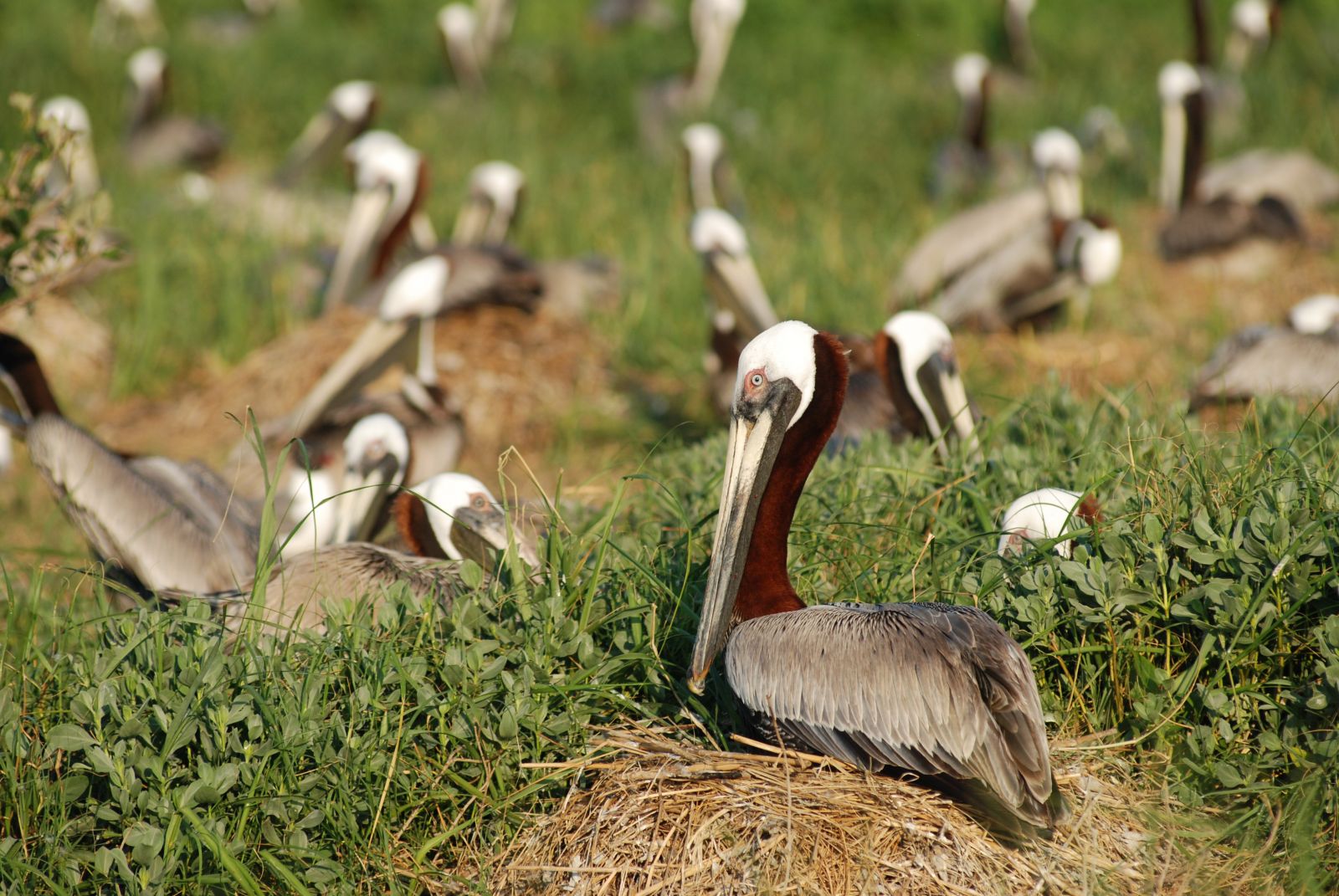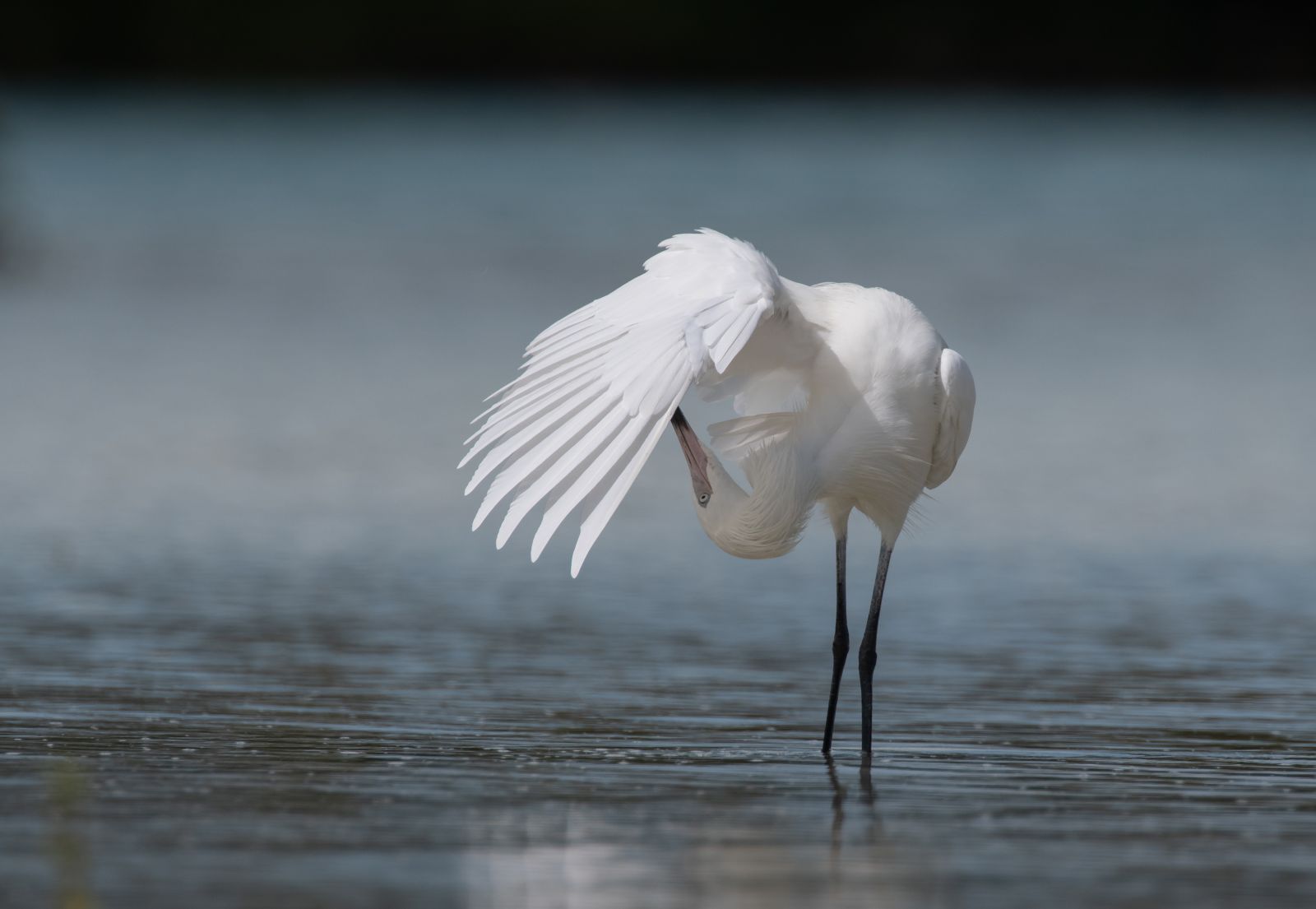Offshore Wind and Climate Mitigation: Every Dollar Counts
A bipartisan bill was introduced recently by a rather unexpected duo: Senators Sheldon Whitehouse (D-RI) and Bill Cassidy (R-LA). While these senators generally disagree on political matters, they managed to come together to introduce a bill on using offshore wind and oil and gas revenues to restore the coast. They have recognized that restoring our coasts and protecting communities from sea-level rise and flooding is more important than politics, and an issue where we need bipartisan solutions. Called the Reinvesting in Shoreline Economies and Ecosystems (RISEE) Act, this new bill aims to create and strengthen directed funding streams for coastal restoration.
For many years the U.S. has been directing revenues from oil and gas leases to help buffer and mitigate the impacts of these activities. As the country works to meet carbon reduction goals by widely deploying offshore wind energy along our coasts, the RISEE Act would ensure that a portion of the revenues from these leases goes to support coastal restoration, and to help advance and mitigate potential impacts of wind energy.
Coastal restoration is an important tool in fighting climate change by mitigating both the carbon pollution that causes climate change, and helping communities and wildlife adapt to its effects. The International Union for the Conservation of Nature recognizes that "nature-based solutions," such as restoring the coast, are part of the answer to preventing irreversible impacts of climate change. Coastal habitats such as wetlands absorb carbon emissions, which are released when the wetlands degrade. Storing carbon in these habitats will ensure that less carbon will end up in the atmosphere. Additionally, wind energy will help reduce emissions from going into the atmosphere in the first place.

In addition to carbon, these habitats also absorb floodwaters, serving as a first line of defense, protecting communities from flooding and sea level rise. For example, it is estimated that coastal wetlands in the U.S. provide $23.2 billion in storm protection services every year. During Hurricane Sandy, wetlands prevented $625 million in property damage. Embracing wetland restoration is more important than ever as more than 41 million Americans face rising flood risks, and $1 trillion worth of properties are threatened by sea-level rise alone.
Coastal restoration funding is critical. It is estimated that one-third of wetlands globally have disappeared, putting the wildlife that depend on these important areas at risk. For birds, we've already seen the impact of this loss. Wetlands are critical to their survival as they provide safe habitats to feed, rest, and raise their young. Sea- and shorebird populations have decreased by 70 percent over the last several decades.
The RISEE Act recognizes that coastal states endure the worst effects of oil and gas development, including oil spills and climate impacts such as sea level rise. Additionally, offshore wind represents some of the greatest potential for carbon-free electricity production in the United States. Wind power will play a critical role in helping the U.S. transition to an electric grid powered completely by clean energy, though we are still learning exactly how offshore wind development will impact birds, fisheries, and other wildlife.

The RISEE Act also uses this program as an example, tapping into offshore wind development by creating a new revenue sharing program. This program sends 50 percent of offshore wind revenue to provide funding to adjacent states where wind farms are developed. This will help facilitate responsible and timely development of these farms. Additionally, 37.5 percent of revenues go towards the National Oceans and Coastal Security Fund, which provides grants to coastal and Great Lakes communities for restoring coastal areas, responding to sea level rise, and improving coastal infrastructure.
For coastal states, threats like sea level rise, flooding, and erosion are only becoming more intense and frequent. We need win-win solutions like the RISEE Act to protect communities and wildlife from these impacts. This bill takes a creative approach to fighting climate change that benefits everyone.
Charlotte Runzel was a policy analyst for the National Audubon Society, which protects birds and the places they need throughout the Americas using science, advocacy, education, and on-the-ground conservation.
National Audubon Society | www.audubon.org
Author: Charlotte Runzel
Volume: 2021 September/October









